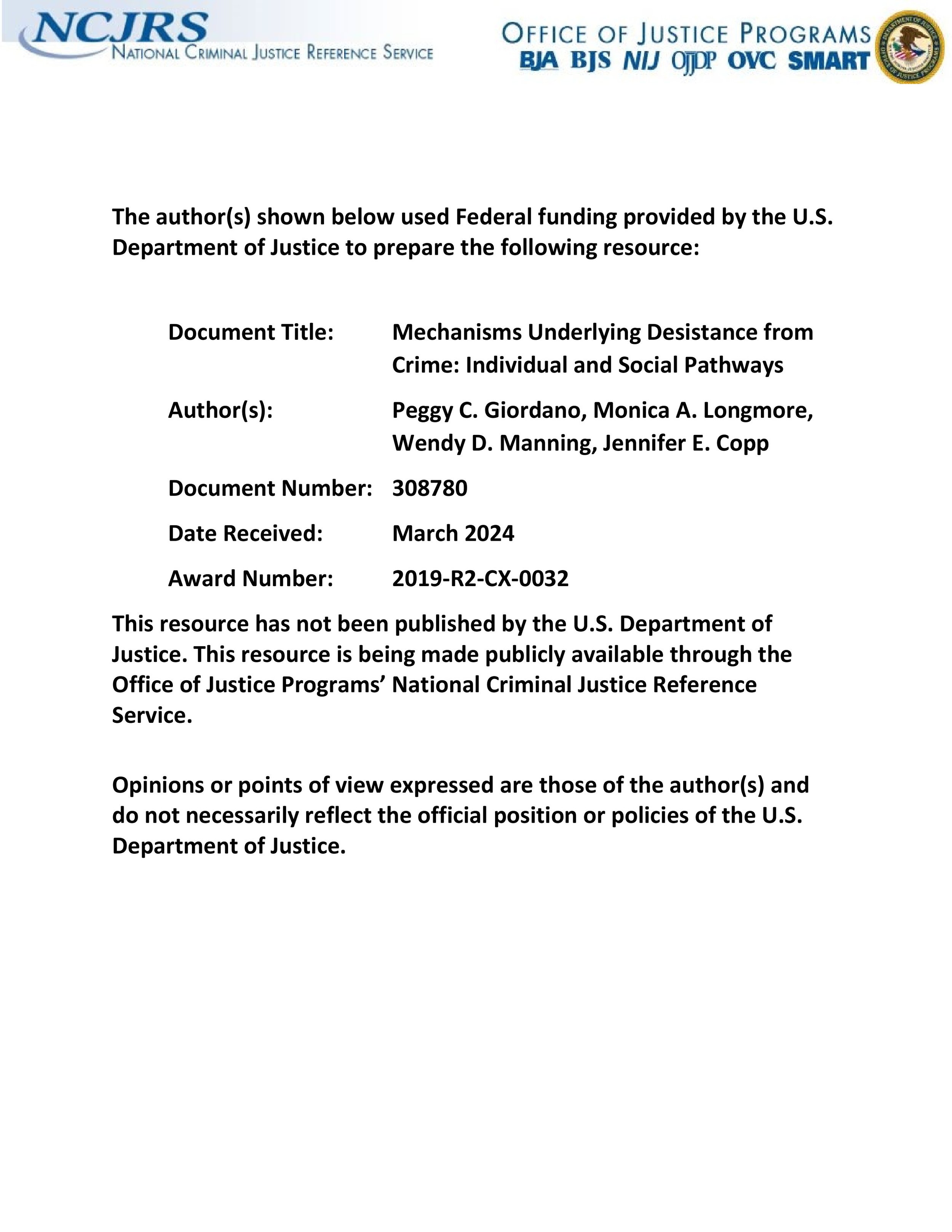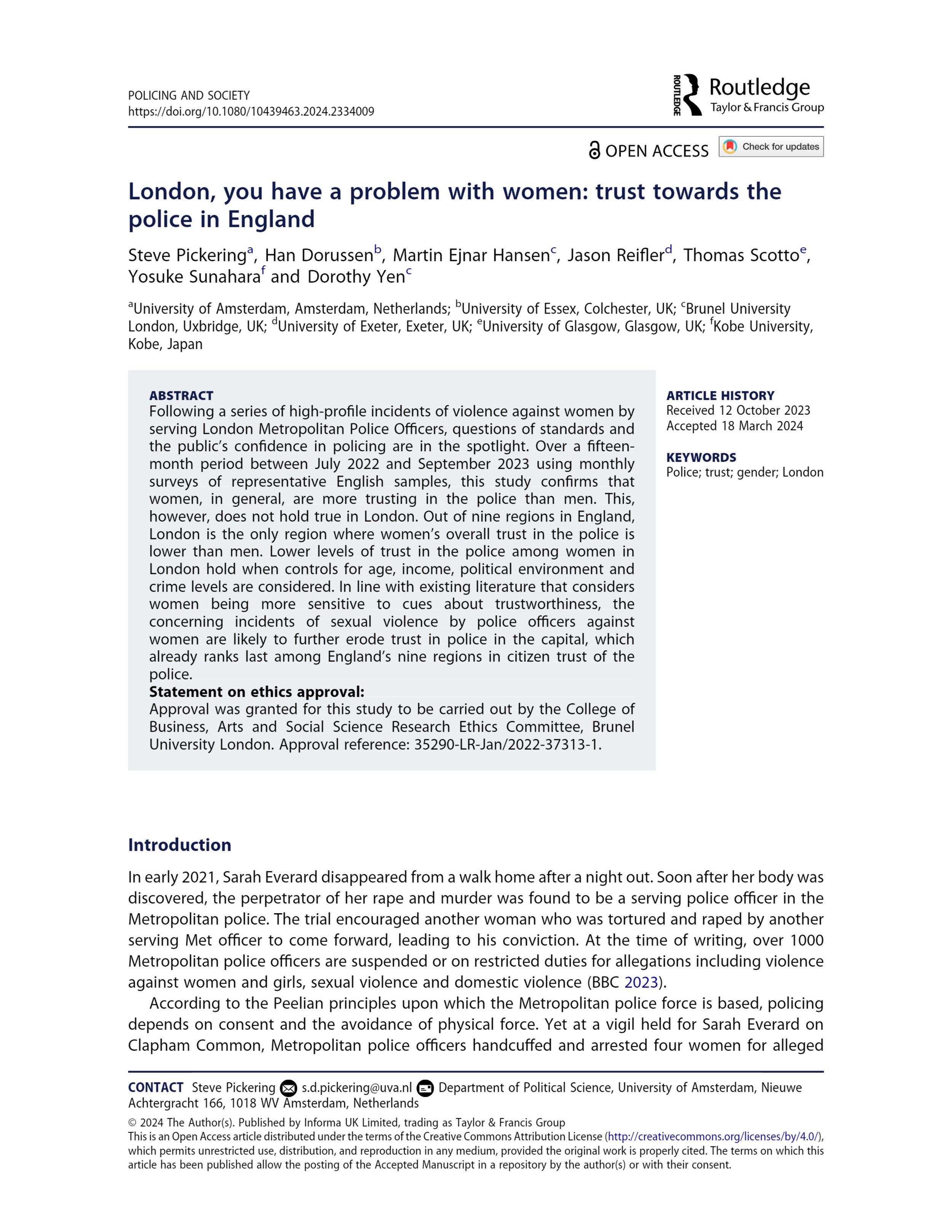By The United Nations Office on Drug and Crime (UNODC)
Cocaine, cannabis resin and pharmaceutical opioids are the internationally trafficked drugs most seized in the Sahel. In terms of quantity, cannabis herb is actually the most commonly seized drug in the Sahel countries, but it seems to be produced locally and trafficked mostly for local consumption. Cannabis is also the principal substance for which people seek treatment in the region. The geographical location of West Africa renders it a natural stopover point for cocaine produced in South America en route to Europe, one of the largest consumer markets for cocaine after North America. In a context of increasing cocaine production in South America and increasing demand for the drug in Europe, flows of cocaine trafficked through West Africa have intensified. The re-emergence of large cocaine seizures since 2019 suggests a surge in large shipments of the drug to the coastal countries of West Africa, with 9.5 tons being seized in Cabo Verde. Although the majority of the cocaine reaching West Africa typically continues northwards towards North Africa and Europe via maritime routes along the African coast, an increasing number of significant cocaine seizures involving Sahel countries has provided evidence of large-scale cocaine trafficking through the region. From an average of 13 kg per year in the period 2015–2020, the quantity of cocaine seized in the Sahel countries increased to 41 kg in 2021 and 1,466 kg in 2022, with the bulk reported by Burkina Faso, Mali and the Niger. Annual estimates were not available for 2023, but at the time of writing over 2.3 tons of cocaine had already been seized in Mauritania in 2023.
Cannabis resin is the second most seized drug in the Sahel countries after cannabis herb, with 24.8 tons seized in the period 2021–2022. Representing over 52.6 per cent of the total quantity of cannabis resin seized in West and Central Africa in the same period, this illustrates the importance of the Sahel route for cannabis resin trafficking. According to data from the Sahel countries, the cannabis resin trafficked in the region generally originates in Morocco, where an increase in cannabis resin production has been reported, reaching an estimated 901 tons in 2022. It is typically destined for countries in Western Europe and North Africa. Aside from the direct trafficking route between Spain and Morocco, cannabis resin is typically trafficked overland from Morocco to Mauritania, Mali, Burkina Faso, the Niger and Chad, then onwards to Algeria, Libya and Egypt. Since 2020, the Sahel countries have reported that cannabis resin is being transported by sea via an alternative maritime route, mostly from Morocco down the coast of West Africa to ports on the Gulf of Guinea, in Benin and Togo in particular, before being transported north to the Niger and then on to North Africa. The reconfiguration of the cannabis resin trafficking routes in West Africa is likely to have an effect on the drug distribution networks operating between North Africa, the Gulf of Guinea and the Sahel. For example, Moroccan drug traffickers are likely to become less reliant on Malian organized crime groups, while traffickers in the Gulf of Guinea are likely to be increasingly exposed to cannabis resin, enabling them to diversify their trade and the markets to which they have access. Between 2011 and 2021, the annual prevalence of opioid use (including opiates) increased from 0.33 to 1.24 per cent in Africa. The non-medical use of pharmaceutical opioids appears to have grown considerably, from just two countries (the Niger and Togo) citing tramadol as the principal drug of concern by people entering drug treatment in 2017, to five countries (Burkina Faso, Liberia, Mali, the Niger and Sierra Leone) in 2019. Indeed, the non-medical use of tramadol remains a threat in North, West and Central Africa in particular. Tramadol is the most used opioid for non-medical purposes in Burkina Faso, Mauritania, the Niger, Nigeria, Senegal, Sierra Leone and Togo. Moreover, in 2022, Tramadol was the second most common drug for which female patients sought treatment in Mali and Mauritania etc.
Vienna: UNODC, 2023. 40p.





















